Elmgreen & Dragset: Useless Bodies
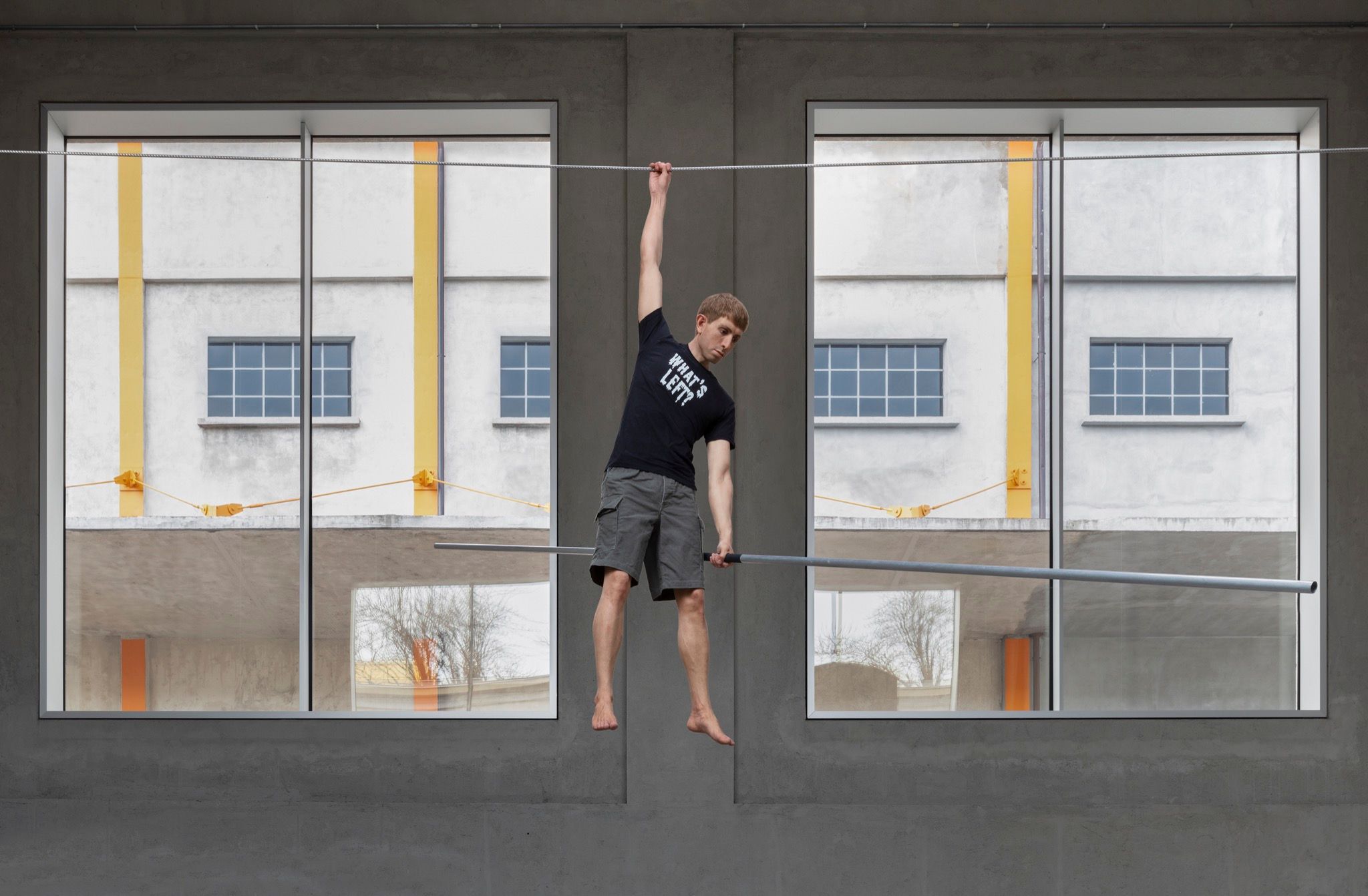
Pillars of the art world since the mid-1990s, collaborators Michael Elmgreen und Ingar Dragset (Elmgreen & Dragset) are still fresh and beautiful – alternately intense, rigid, relaxed, sexy, sometimes suddenly human, then technical. They are humorous and fiercely homosexual, as people used to say last century. They are part of an outstanding bridge between last century and this one centuries, processing life in the world of the 21st century from the perspective of wise men now – and they like it. They have a way of making cold work surprisingly moving, using fun or tenderness as weapons. They like bodies – a lot – and even when these bodies appear dead, they are never “useless,” despite the title of their current show at the Fondazione Prada in Milan (“Useless Bodies,” on view until August 22, 2022). Nor are the unalive. Elmgreen&Dragset like all their bodies – human, material, or abstract – vivacious.
Carlo Antonelli: At “Useless Bodies” there is a sense of distance and detachment between the works on view. Every object in this exhibition takes up plenty of space – there is an interesting air and breath and lightness in everything. One thing that does is allow the Rem Koolhaas architecture to come through, and there are several references to the space in the show. Did this particular architecture impact the way you worked with the specific site?
Elmgreen & Dragset: We always work in relation to space. We think that our whole lives are formed by the spaces we navigate – in our perception of our own identities, and in our bodies. Space is controlling us in different situations; space is welcoming us or rejecting us. And you can see different examples of this relationship in this exhibition. Of course, we’re also working in relation to Rem Koolhaas’ architecture here, and on top of the Podium, there is this space that is absolutely impossible! It is so unfriendly, with metal cladded walls that you can’t hang anything on, with very harsh light, with a floor that you can’t screw into. We were like, “what the fuck are you going to show there?” And it’s very, very sterile.
What do you think Rem had in mind, a warehouse or something like this?
Ok, it is an amazing room – it is just a very difficult room for art! Some of the other rooms are screaming for artworks, but that room is really acting like a princess: “I don’t want you here!” And we thought, if it’s so hard, so clinical, why don’t we do something that is making it even more –
Brutal.
Brutal. And what would be the most evil way to do that? To put an office with a lot of people in that space, to do what they call “optimizing human resources,” which means squeezing as many people in as few square metres as possible and letting them work in these small cubicles. So now we have 70 cubicles up there, workstations, and it fits really well to the room!
It’s very Prada, by the way.
Quite Prada. Quite sleek.
It looks like Prada’s so-called “Re-Nylon,” the eco-friendly remakes of the famous black nylon pieces that Miuccia Prada did at the very beginning of her career.
True. But you are asking if it is a common working process for us, yes: there have been several shows that have retransformed the space and have been inspired by how the space looked when it first appeared to us. We have changed gallery spaces into subway stations and hospital rooms, or, in China at UCCA, into an art fair. One good example is the airport, or rather the airport lounge, that we did in South Korea at Plateau, a space run by the Samsung Museum. The museum is on the ground floor of a huge office building, with a sort of shopping mall and food court in the basement. That kind of transformational space triggers a lot of thoughts for us, so it becomes a whole research project. Sometimes, though, it is hard to say what comes first for us. Here, we have the whole conceptual idea around the Podium, but in the case of the airport lounge, we were thinking a lot about space as a non-space, as Marc Augé has described, or what Deleuze and Guattari say about rhizomatic space and rhizomatic thinking around it.
In Mille Plateaux.
Yes, exactly, and we named that exhibition Aéroport Mille Plateaux.
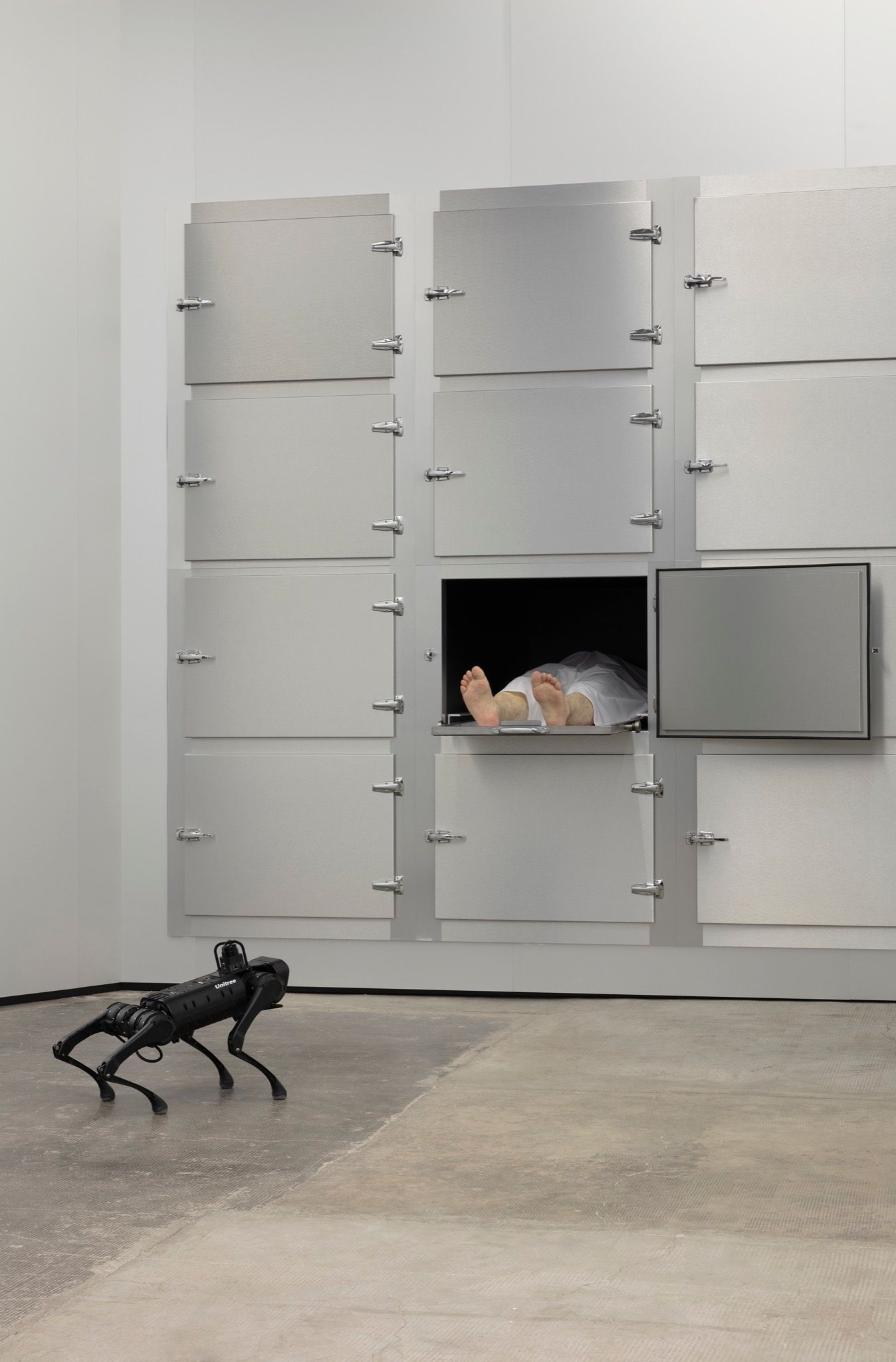
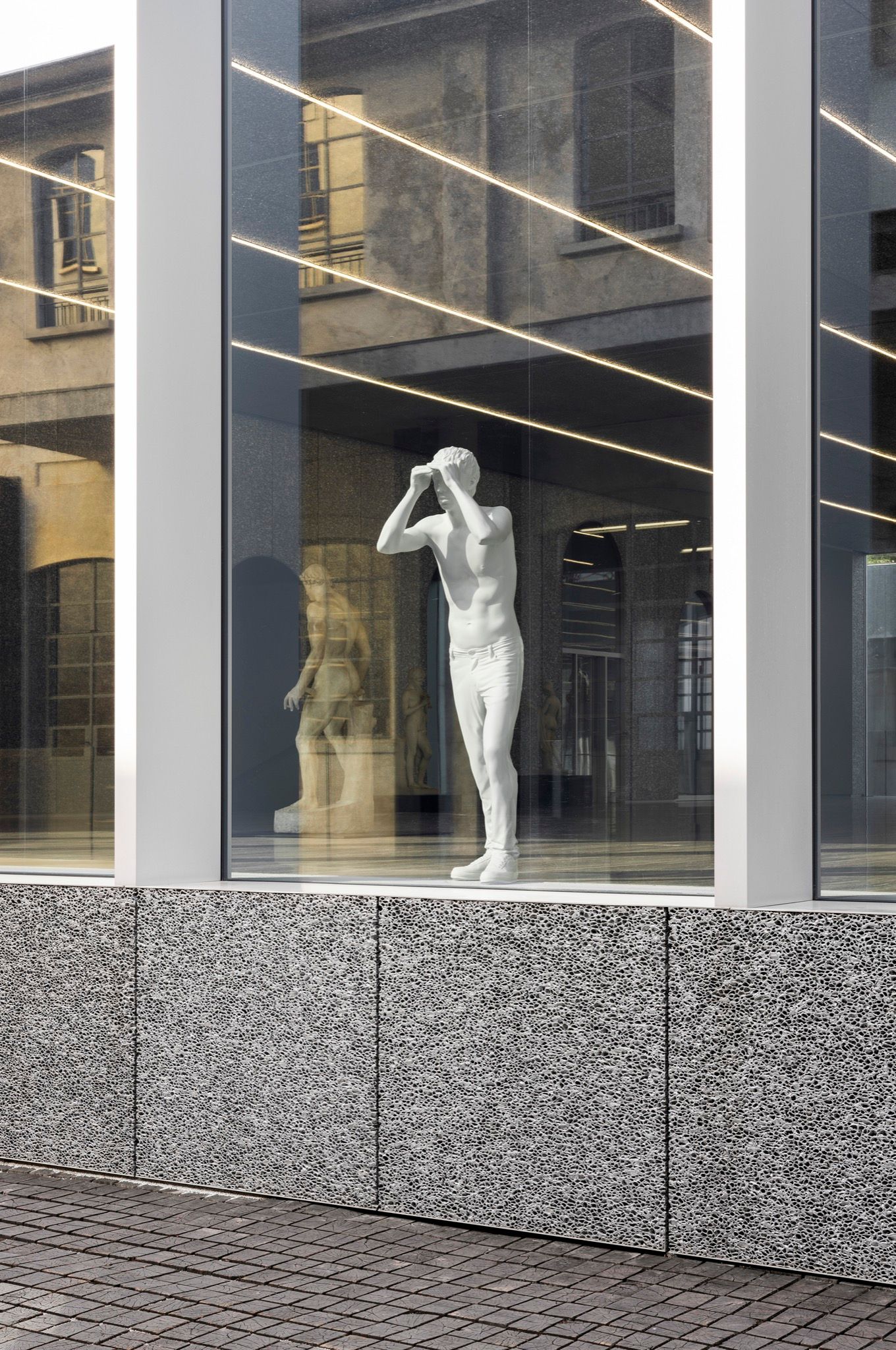
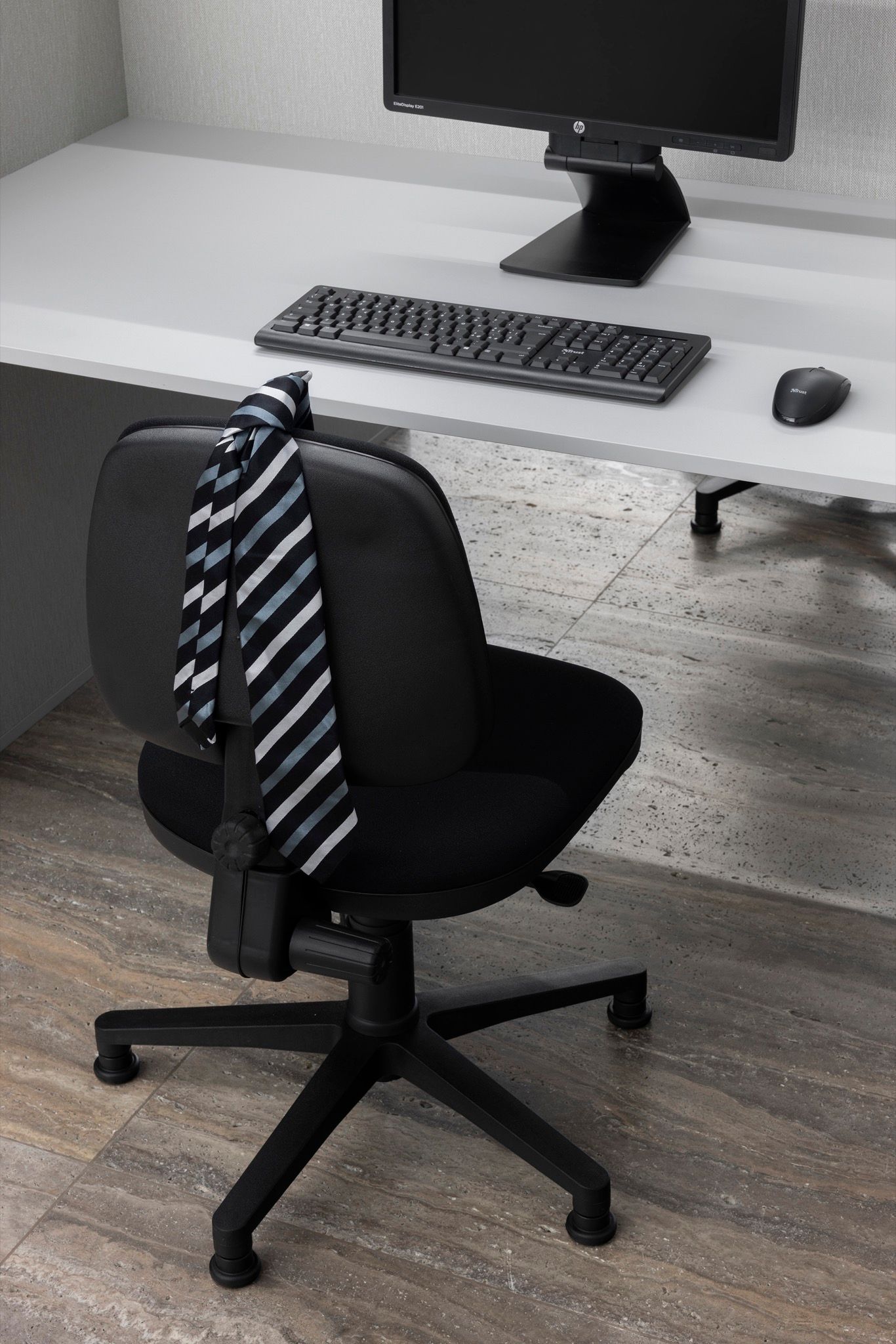
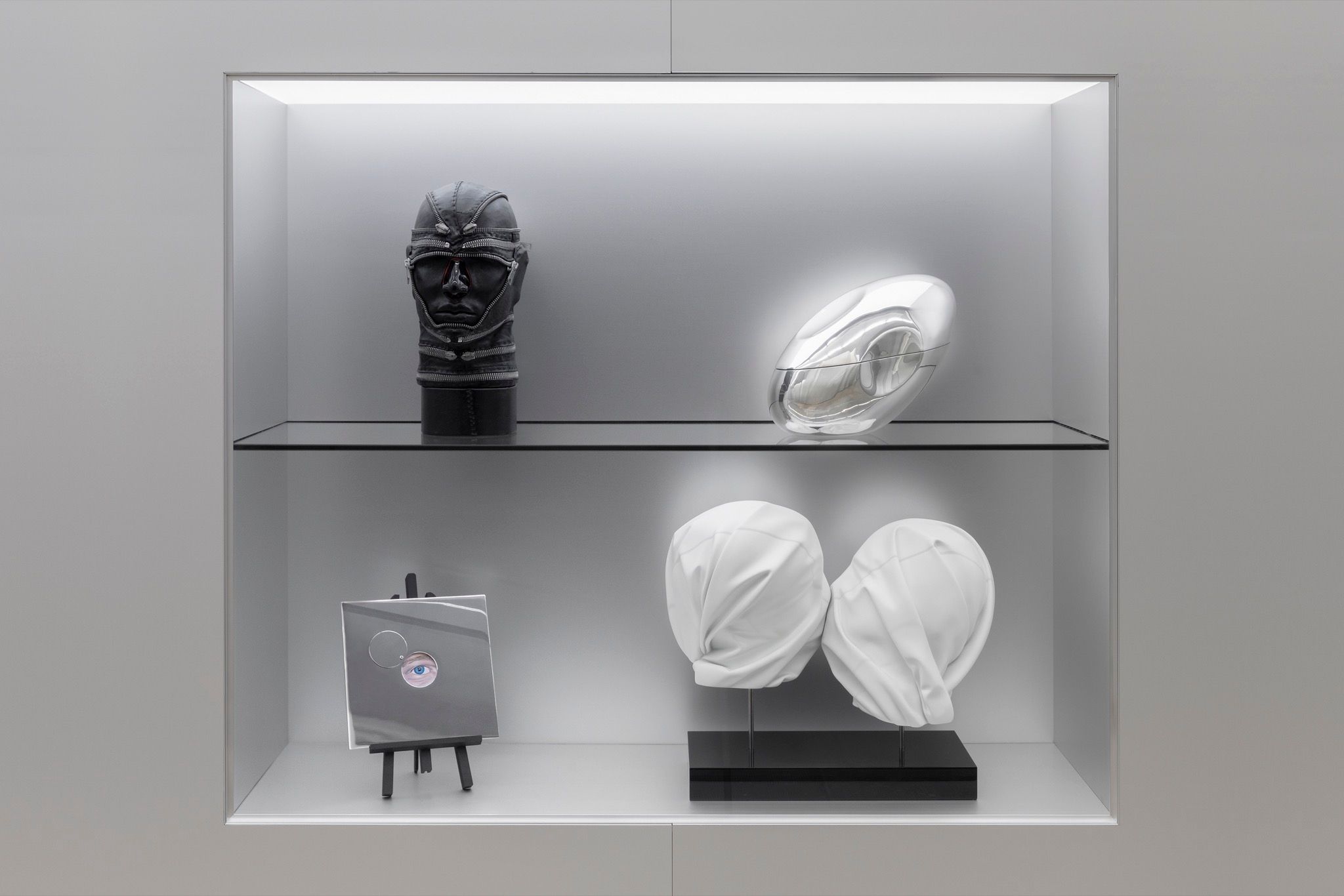
Speaking of Deleuze and Guattari and, let’s say, the work of the late 1960s and 1970s, we get to something that comes up a lot in your work about space and the use of space as sculptural material – namely, minimalism. Not surprisingly, there is a reference to Donald Judd’s work in one of the rooms.
In the North Gallery, yeah – in the Hall.
And there’s another reference to minimalism in the Podium. The sculpture of the elevator is clearly a reference to Richard Serra and things like this. I would like to understand if there is some relationship between that tradition and the strange clarity and calm and silence that we have experienced in the last two years – the office upstairs for example could be an office that has been abandoned during pandemia. We see other people and places that have been abandoned here, too: the swimming pool, which is a classic of yours, looks like if it has been forgotten for ages. The gym space in opposite looks like it was fled very quickly, 28 Days Later style.
There’s even still a guy on the massage bed. He’s the only one left.
And still alive. But are these reminders of Covid, which are basically inevitable, intentional? Or are we simply looking at an exhibition conceived five years ago – which is what happened to these processes – without any relation to the current times?
But it is the opposite. It is actually reality that replicates our exhibition! We were planning already in 2017, and it was already finished in 2019 – then, the pandemic came! We did the empty office, the abandoned pool, the bunker home three years ago. This keeps happening to us a little bit, you know. We did a closed down club at Victoria Miro Gallery in London in 2008. Unfortunately for all of us, the opening day was the same day as the Lehman Brothers collapse – and the exhibition was called Too Late! It really became a sort of signifier of the time.
You were reading a lot of dystopian science fiction when you were kids?
Actually, not so much. It was more about like, imaginary, awkward movies by Tati where an idea about the future is laid out in a humoristic way. But in general, it is good to be misanthropic and a bit dark, because often you will be right!
So that’s why the show is called “Useless Bodies?” Because some of the bodies in it look very useful.
Well, of course, there is a question mark in the title. The whole exhibition comes from our experience of the body – being maybe of the generation we are of – and the sense that our own bodies seem increasingly redundant in our society. And you feel like you cannot really follow up on the expectations that society seems to have towards you right now.
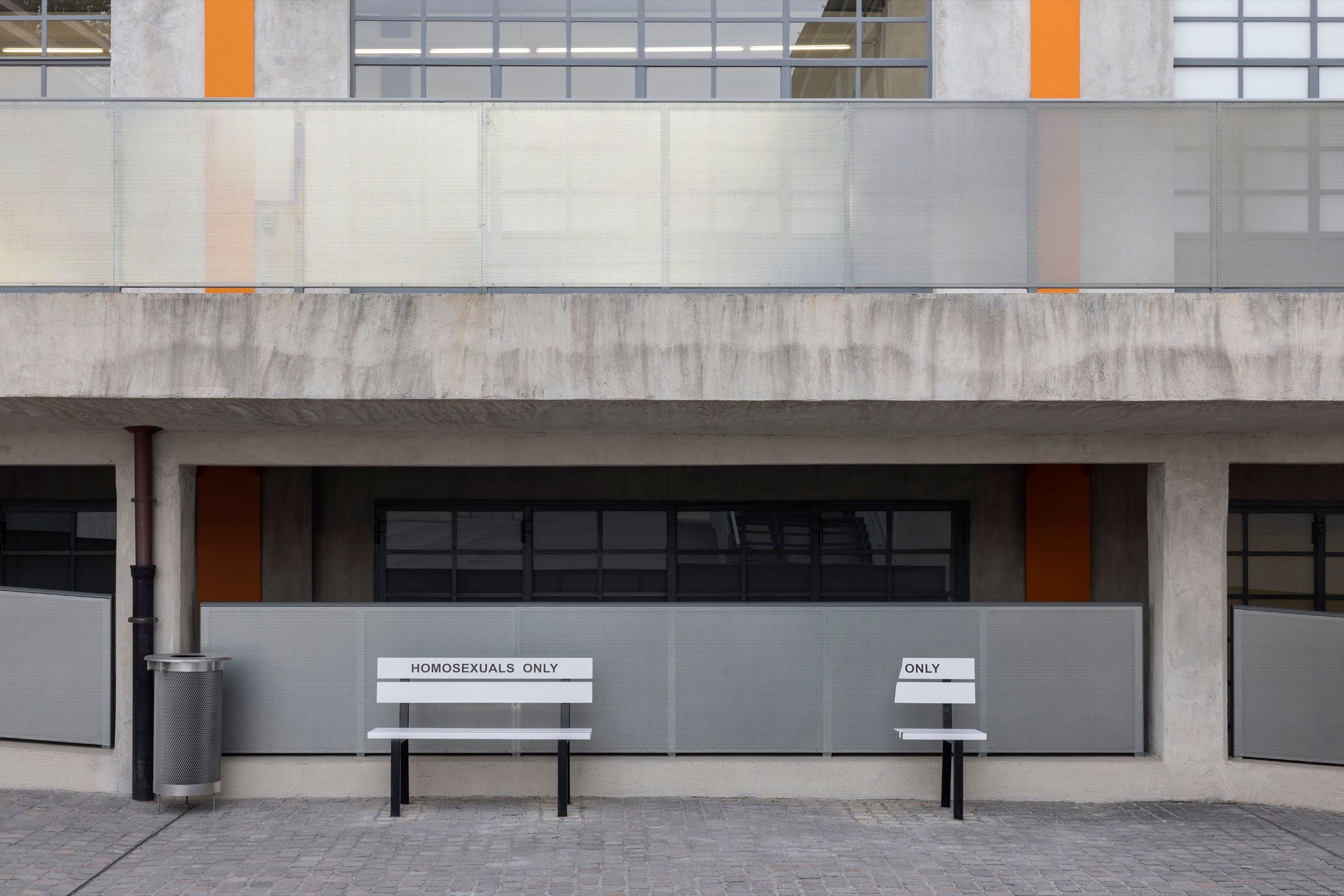
At the same time, you love bodies. You love the male body in particular.
This is exactly the exhibition about, partly. It is a bit of a sorrowful statement, in a way, about bodies that are disappearing for us, and bodies that we are losing. The body on the Podium is clearly “the body as sculpture.” But then you have the more realistic bodies in the exhibition. You have the guy in the morgue. That body’s not so useful anymore.
Is he the owner of the house?
He is the owner of the house. We like to kill homeowners, generally. Like our guy in Venice Biennale years ago – he was floating in the pool. The owner of this house is the architect who was making the drawing on the drawing table and now who has now ended up in the morgue. In the Cisterna at the Fondazione, you have the guy who has fallen off the wire, trying to balance. Not so useful! Then you have the guy on the massage bed, waiting for his massage forever – he's s also not so useful. The sculptures that are indicating activity, and that appear more useful – this is when the body is just a sculpture. And that is what has happened in recent years: we have become sculptures! We are sculptures in social media, we are sculptures in advertising, we are sculptures when we see each other in the street and keep our distance. When we look at each other and only think, “Ah, yeah, that’s a nice person,” or “that’s a fat person,” or “that’s a real person,” we are sculptures for each other. The human body now has been reduced to be a sculpture because we have no use for it anymore. We are not in the workplace, we are smart-working at home. We may as well be made in an exhibition, looking at sculptures and being sculptures. It’s a showroom. It’s so sad. And now, the richer you are, the more sad you are, and the more you can see that you don’t really have a home. It’s like when you meet Americans and tell you who’s been “doing” their homes or they ask each other, “who’s been doing your home?”
Another thing that has happened to our body in the last five to ten years, or at least that will happen to our body in the next years for sure, is data – the use of data on our movements and our body in a way that is not properly ours. This is a very important and political issue coming out of contemporary bodies, too, which are used – they are not useless; they are very useful for stealing information from us.
Our little thesis that we speak about in the exhibition text is that in the 19th century we did lmanual work to produce daily goods in factories, so more people could not be hungry. Production went up, and more people had money, because we worked with our hands in the Industrial Revolution. Then, in the 20th century, we became consumers – that was what our bodies were used for. Today, we are the product! Because the data linked to our activities, to our bodies, to our health – plus everything we say when we have our iPhone open – are some of the most valuable products out there.
There’s an interesting term, maybe an interesting motto for the t-shirt of the guy in your show trying to between the two ropes, which is: “What’s left?” As you said, we became products. So what’s left after that? Which brings me to another question: what is Left, in political terms, today?
If I had the answer to that I would be richer than Mark Zuckerberg! Much richer than Zuckerberg! But I hope what is left is more than metaverse.
Like what? Life?
Like a big chunk of physical, sensual, tri-dimensional reality that is like going to be there for us when we reclaim our bodies – when we say, “Fuck! We want our bodies back!”
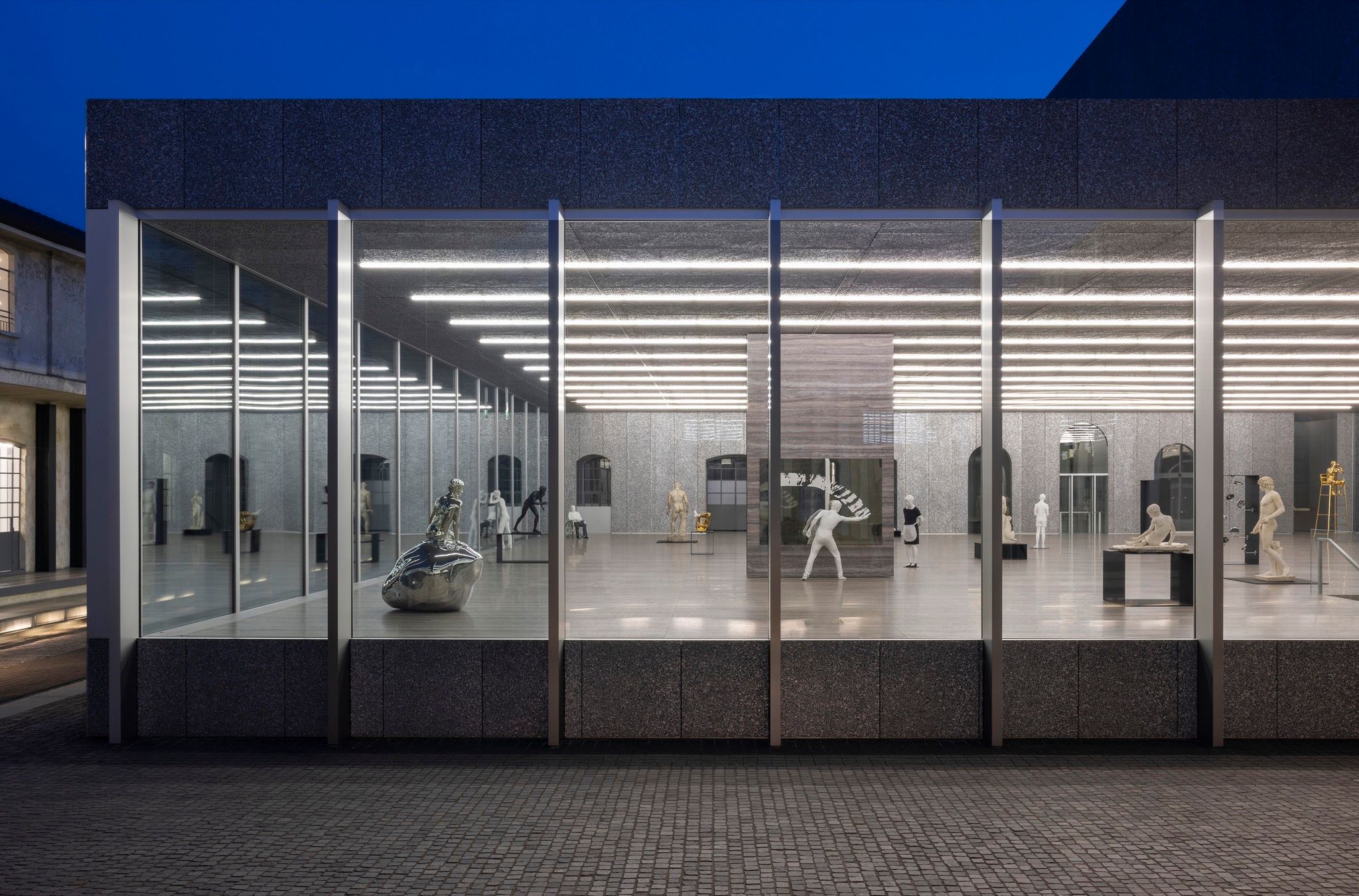
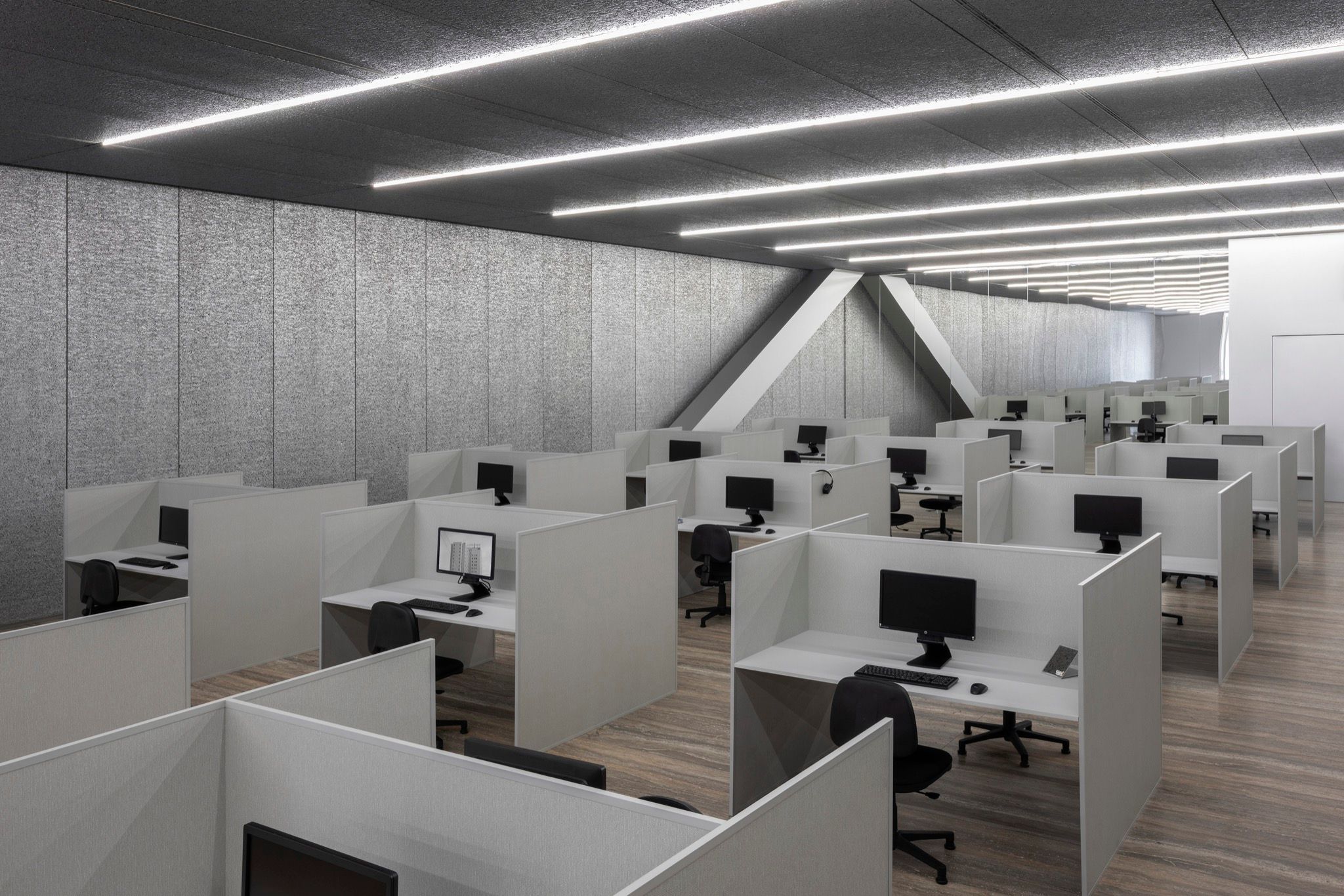
The exhibition is very political in the sense of what we might call – let’s still call it “homosexual” politics. It’s everywhere.
We can’t help it! Of course, you can speak about what they call “universal matters” while showing that in a queer way. I have been reading Romeo and Juliet, and I could get something out of that! And I can show two guys lying in a car with Russian number plate, stroking each other, and people can get something out of that. Even if they are not gay. You have a starting point, but you can translate the stories into things that are relevant for you. We don’t need a gay audience to understand the work. It’s for everyone. The show, we hope, can start discussion about being more promiscuous with your body in many ways. People are very judgemental about how people use plastic surgery, for instance. We, with our Christian background, are like, “oh, no, the body must be so natural. Even if you dream about getting a new nose, every day you need to suffer with your ugly nose, you cannot change it, this is not natural.” People should be promiscuous with their bodies, in many ways. Do with your body what you want to do and don’t get the moralistic society to make you be afraid of giving your body away. The problem with metaverse is that it doesn’t smell!
Neither does your marble sculpture of the two kids with the Oculus headsets on.
But it’s more interesting to look at someone with a VR mask on than it is to look through the VR mask. You are the one who has no mask on, who looks at them, and they are interesting, as sculptures, with their mask on. We are just putting these two kids there, we are not saying that what they are doing is good or bad. I think it’s a lot about what happens in the audience’s mind. And it seems like a lot of people are still a little bit shocked by this image.
Maybe they realize that it will be normal in 50 years’ time.
Of course, we want people to question this.
You were saying before that there is somehow a sense of sorrow all around.
Yes, there’s a bit of sorrow for what we’re losing. Of course it is an image that we know from films like Brazil or Tati’s Play Time, and we associate it with a scary sort of future, when everyone is going to work in these booths and be stored in spaces like this. And with Covid and home working and big companies dismantling office space and relieving themselves of the responsibility of having staff and people together in one space, you see that maybe there’s also something sad in people not meeting at all, even in offices. There is something about being together, a sense of community.
If it was a real community.
But it has the potential to be a community.
Or a bunch of snakes inside a box!
Yeah. The problem is if you are not together you cannot even discuss these things.
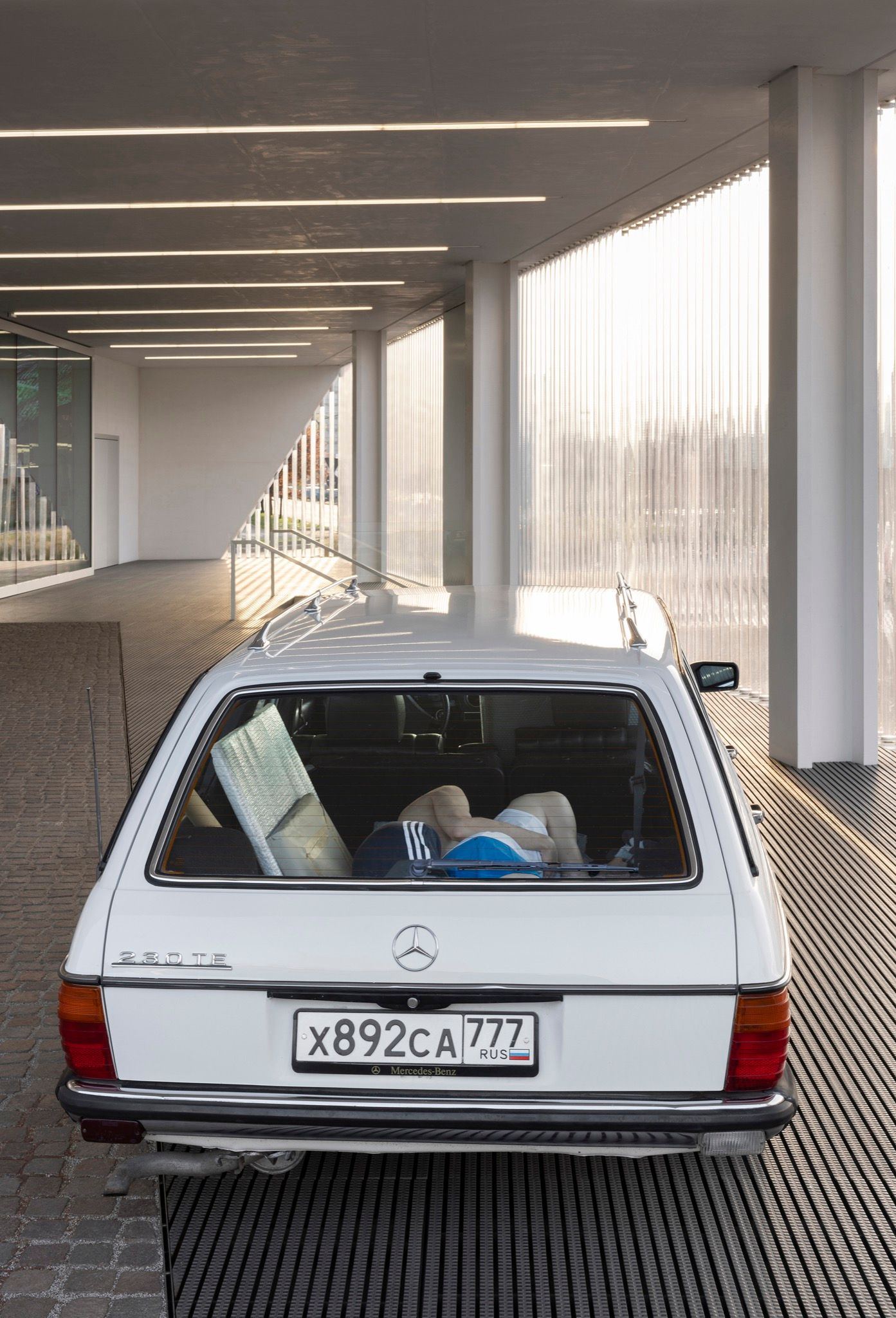
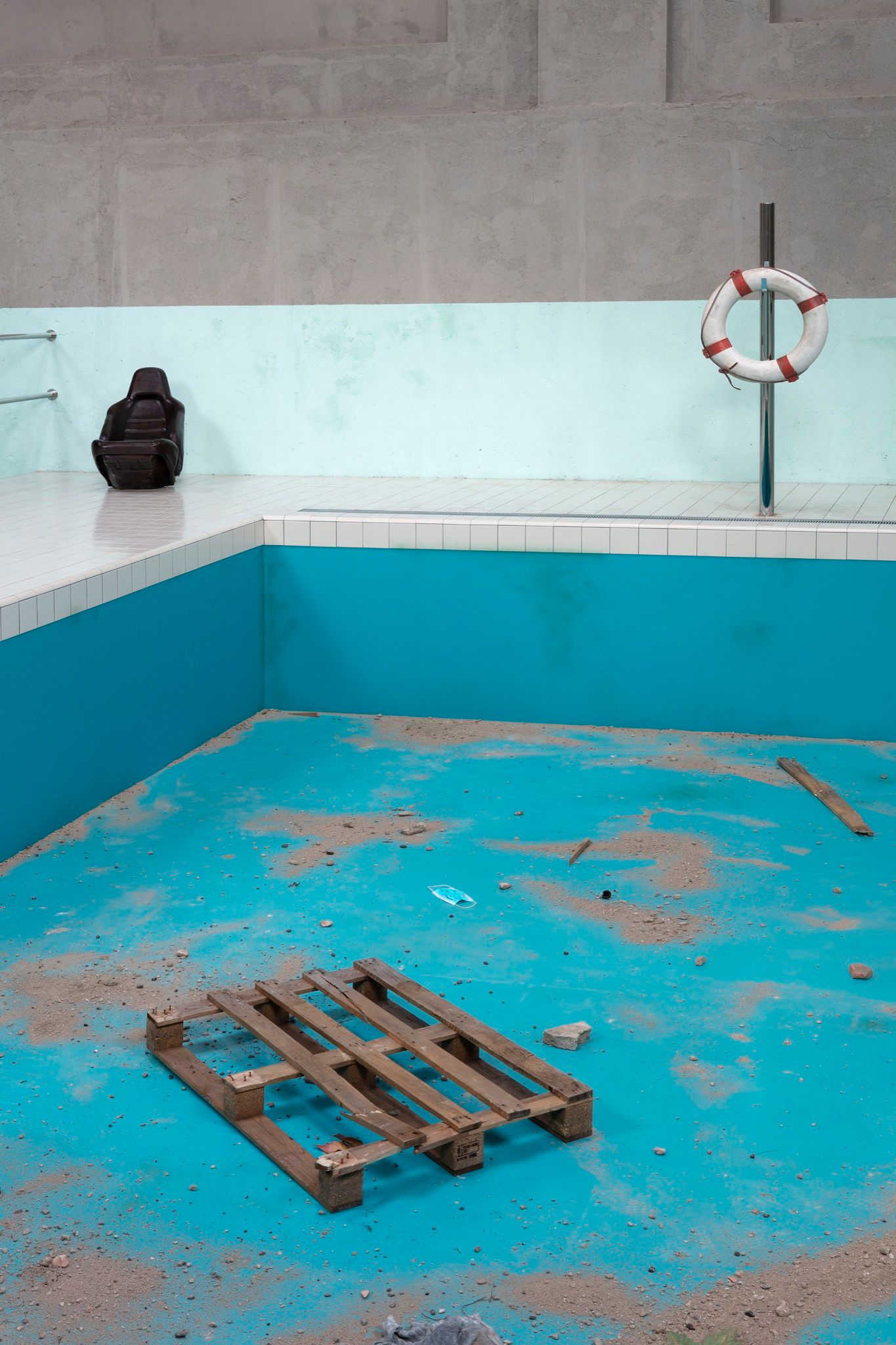
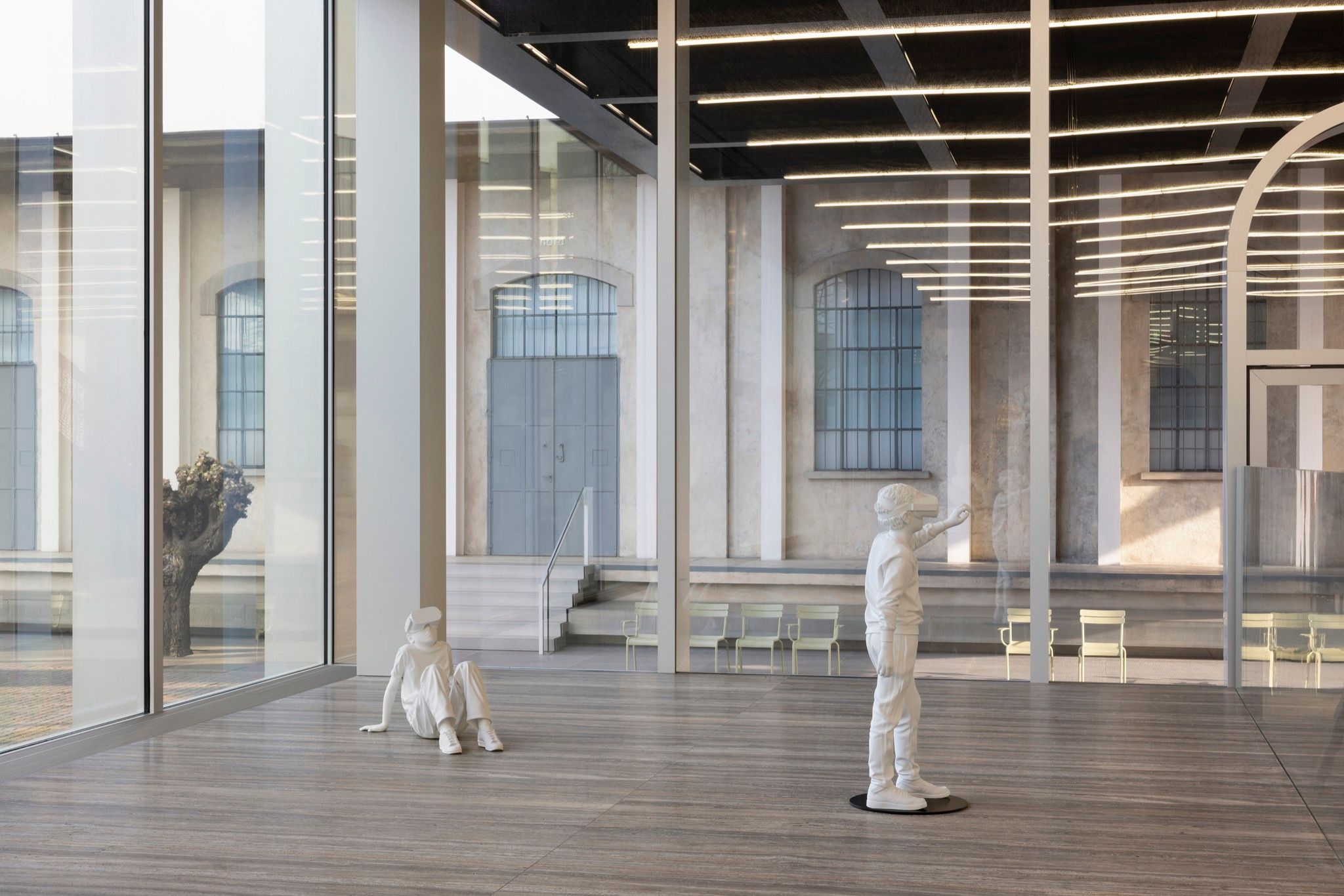
When did you start? Like in the early 1990s, right? How has the trip been so far over these past 30 years? Short? Long?
Both! We started in 1995. It’s gone really fast, but then we look back at certain periods, we think, “My God, this really feels like a very, very long time!” Sometimes you don’t remember and then suddenly you’re remembering –how you had these rolls of slides, these transparencies that you would put on a frame and into some kind of plastic folio and send it to the curator. It’s like the Ancients – like the Stone Age!
Are you interested in fashion at all?
Well, more than the beauty of fashion design, the science going into it is what’s interesting. The big brands like Nike and Adidas do so much research for their sportswear – not just ergodynamic but also cultural, sociological. It’s like making cars! Every car you see in the street has had five years in development.
There are a lot of cars in your work.
Yeah. What you think is contemporary when you have a new car, someone invented five years ago. It takes that long. I like how you can see different cultural tendencies in our world through design. Around the turn of the millennium, everything had to be round. Round and soft. Everything had to look like bubble gum and be sweet and cute. Now we want it more classic and hard-edged again. And these things, the bigger things, make design interesting.
What kind of what kind of research are you most into, then? Scientific? Engineering?
Each show is related to more than one field of research. For this show there’s a 520-page publication coming out where we have 37 contributions, and there are sociologists, sexologists, everyone can enquire into the role of the body. Every time a question comes close to an answer, a million other questions come up. We’ve done a few of these publications over the years. One of the early ones was The Welfare Show, which started at the Bergen Kunsthalle in Norway and then went to the Serpentine Galleries and a lot of other places. We had this folder that would keep growing as we kept asking theoreticians to add text also from country to country. And it is not text about our work; very few contributors directly mention what we are doing. For us, it is interesting as a framework for people to understand what we are interested in.
Final question: cinema. In most of your works, the viewer enters into a narration where something already happened and they have to try to find visual clues to figure out what it is. Am I wrong?
The problem we see with cinema is that cinema leads the audience all the way – it holds your hand. It tells you kind of when to laugh, when to cry, when to have certain emotions, with the music and all these different cues. We want to do something similar, yeah, but something that’s maybe a little bit more honest, or at least different, than a film. We want to give more agency to the audience.
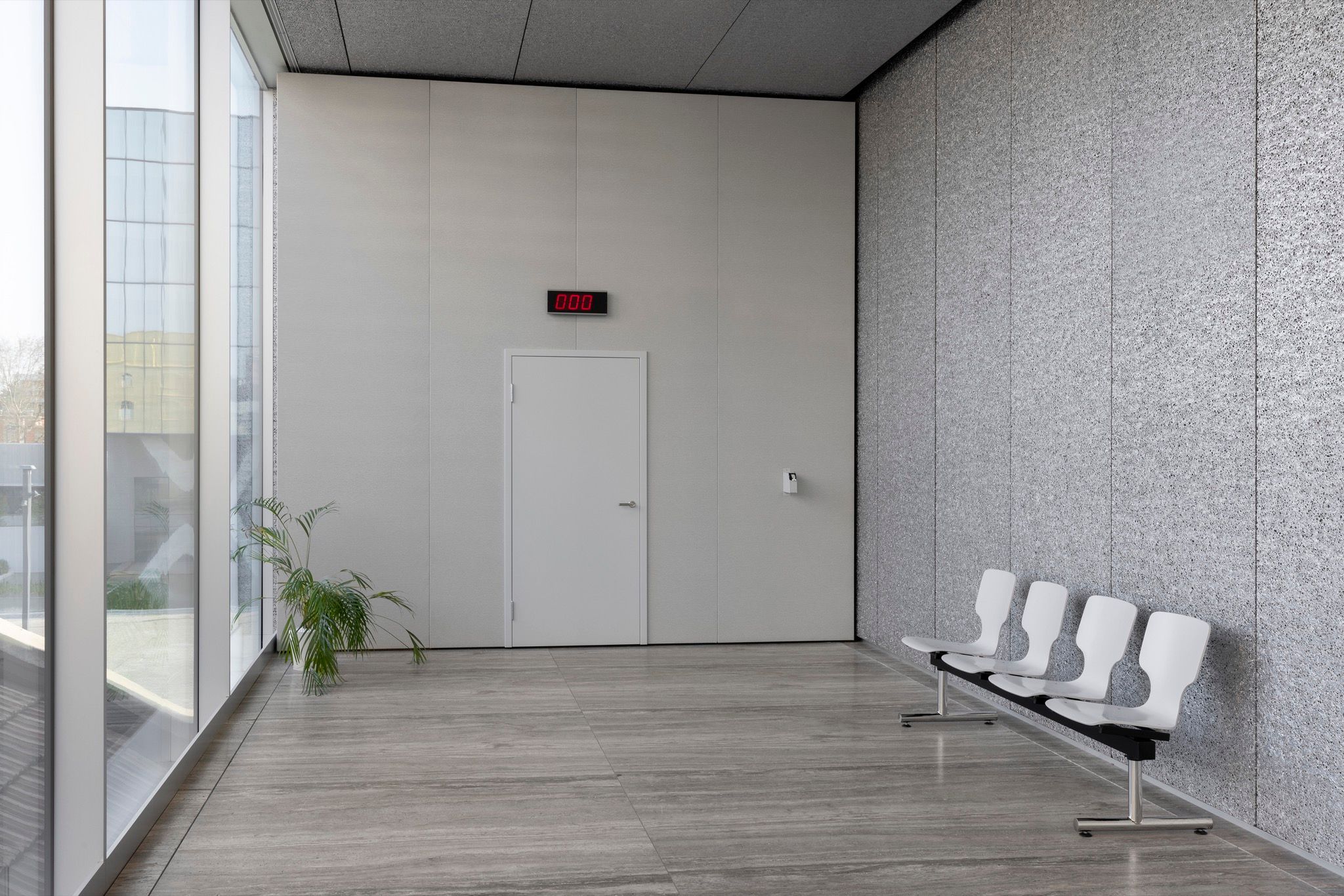
Related Content
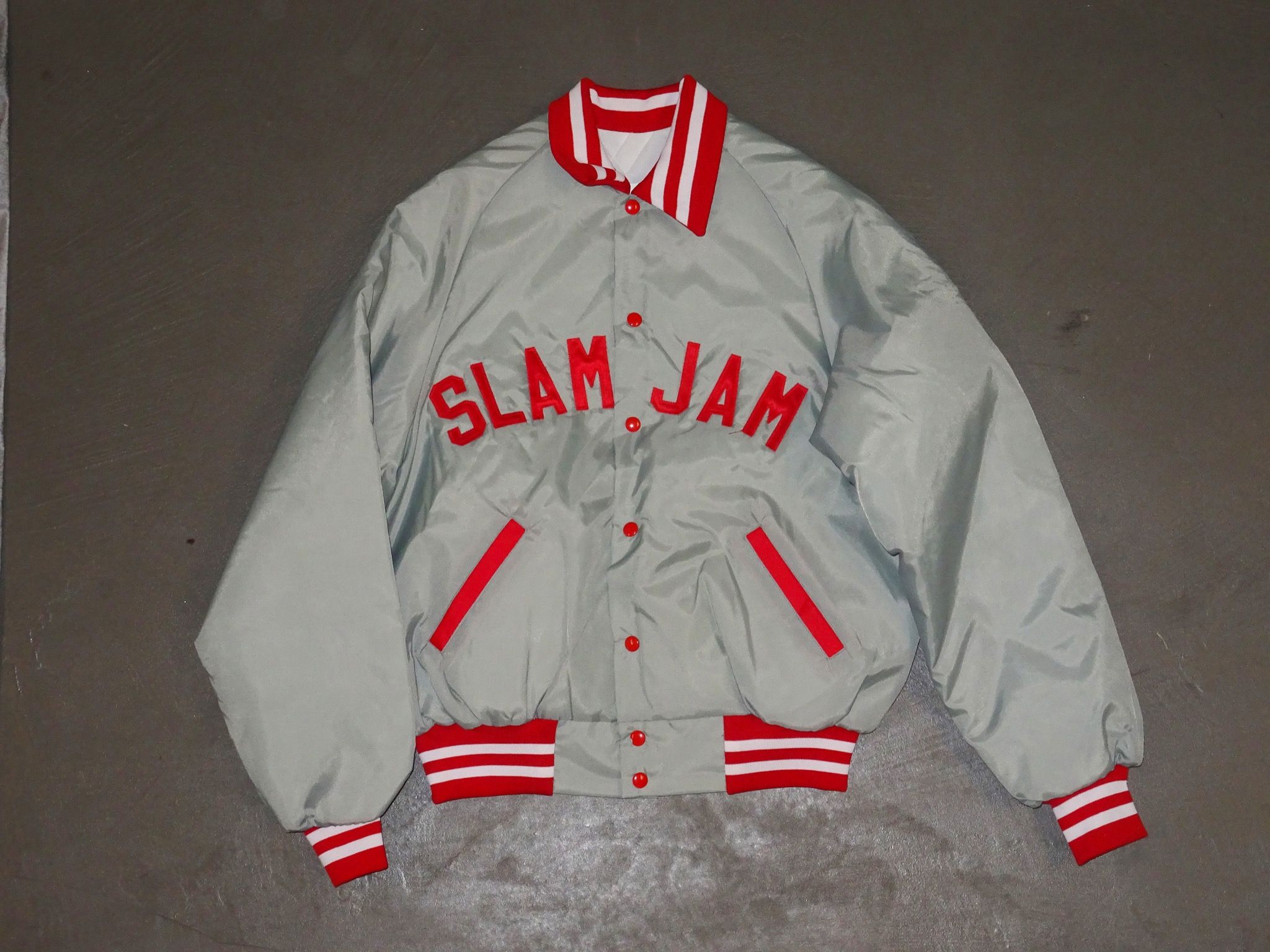
Streetwear’s Secret History: A Journey with LUCA BENINI from the Last Days of Italian Disco to the Launch of Archivio Slam Jam
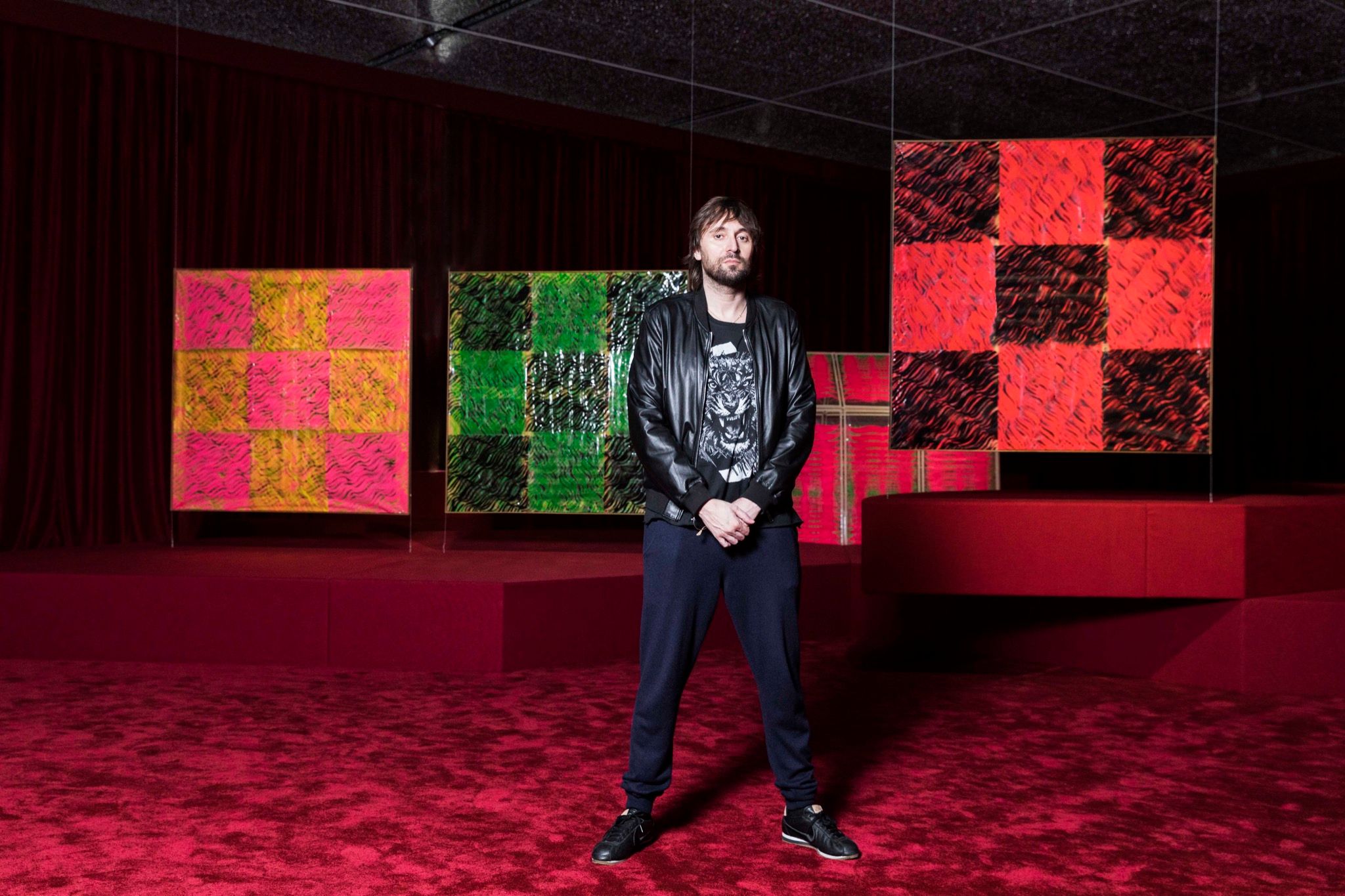
LOVE! INSTAGRAM! COMPASSION! Between an Ipanema bikini and an over-decorated cake, FRANCESCO VEZZOLI's Love Stories
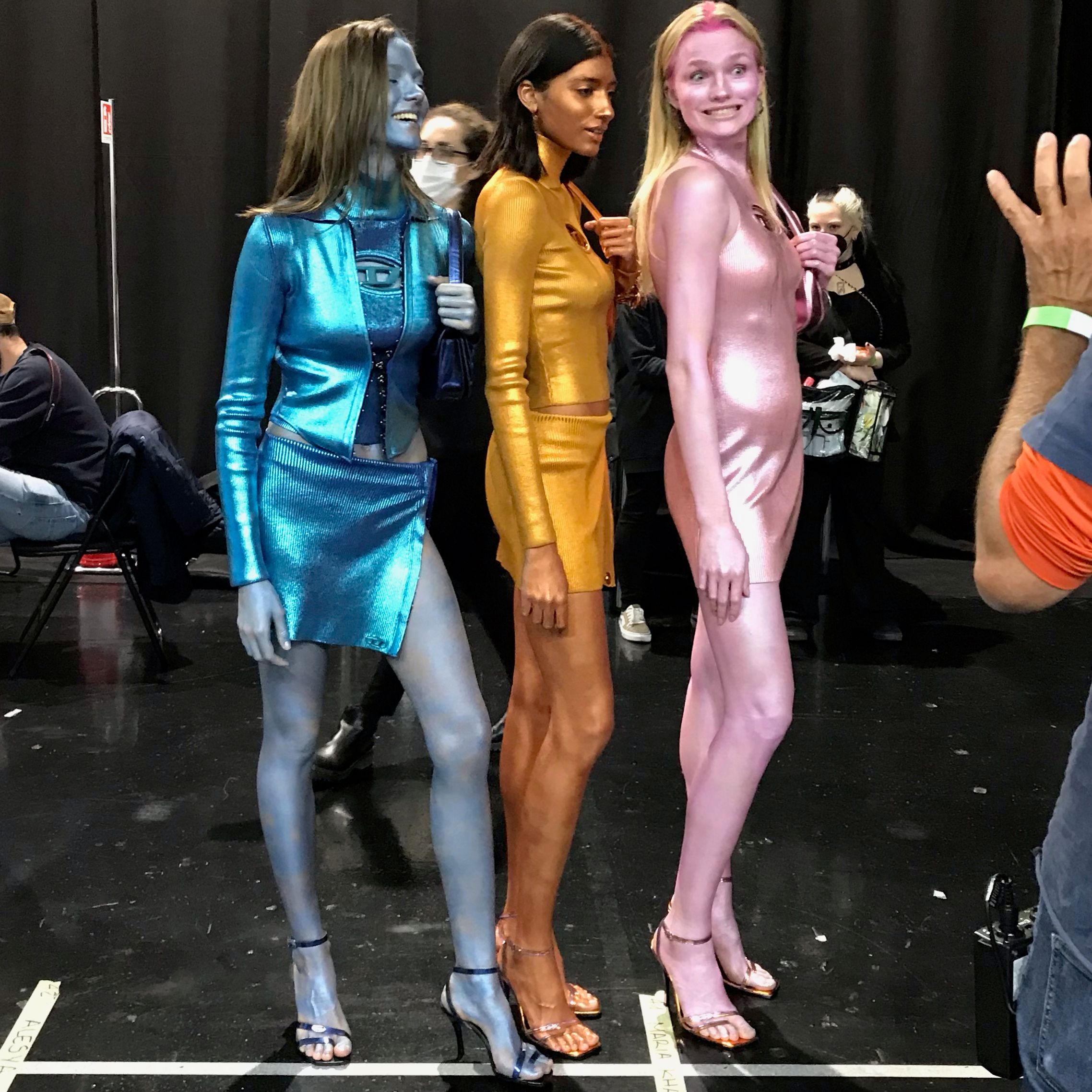
Transmissions: NFTinis, Skirt Sets, and Cognitive Dissonance